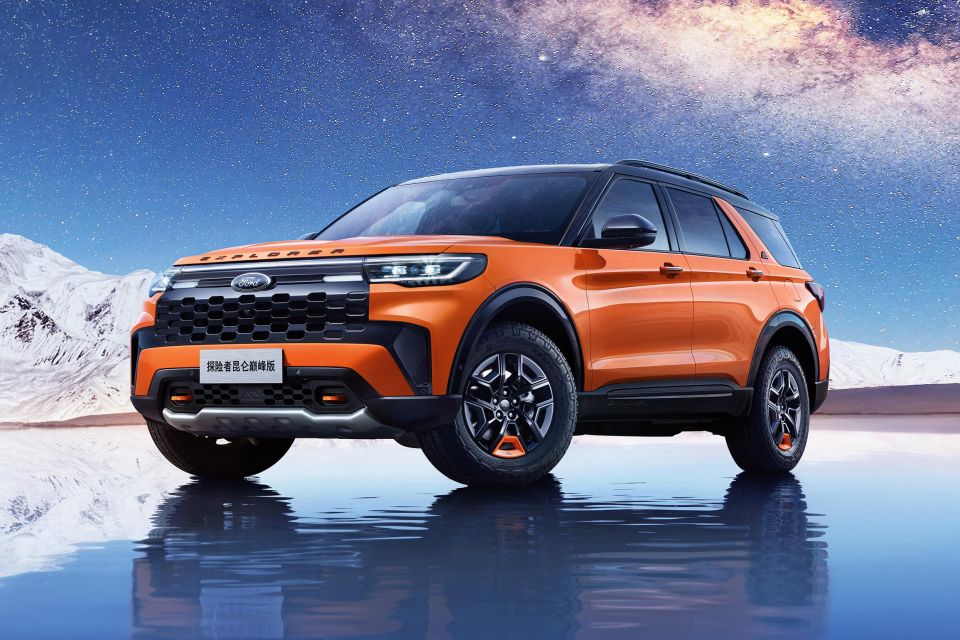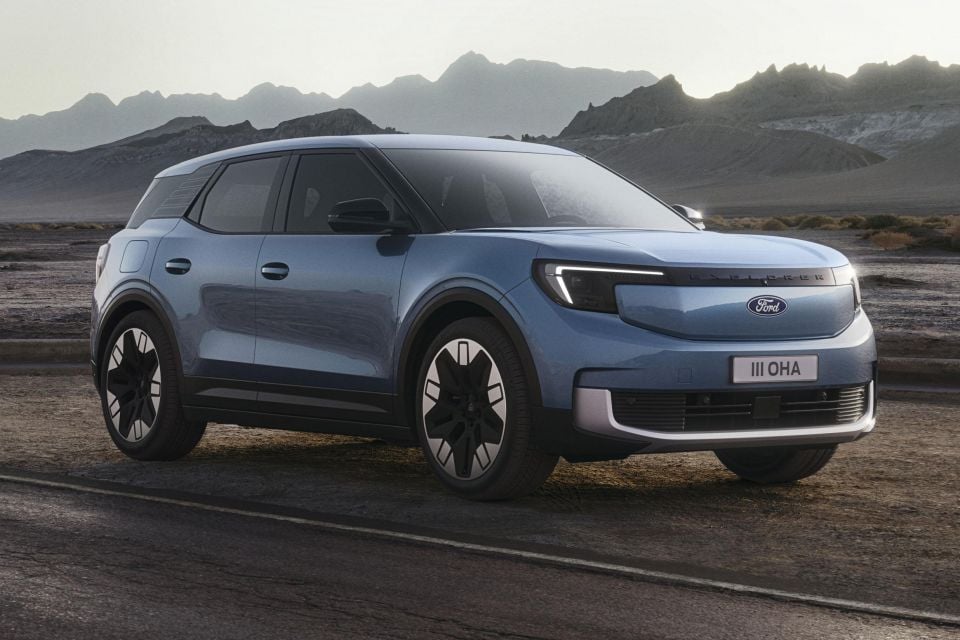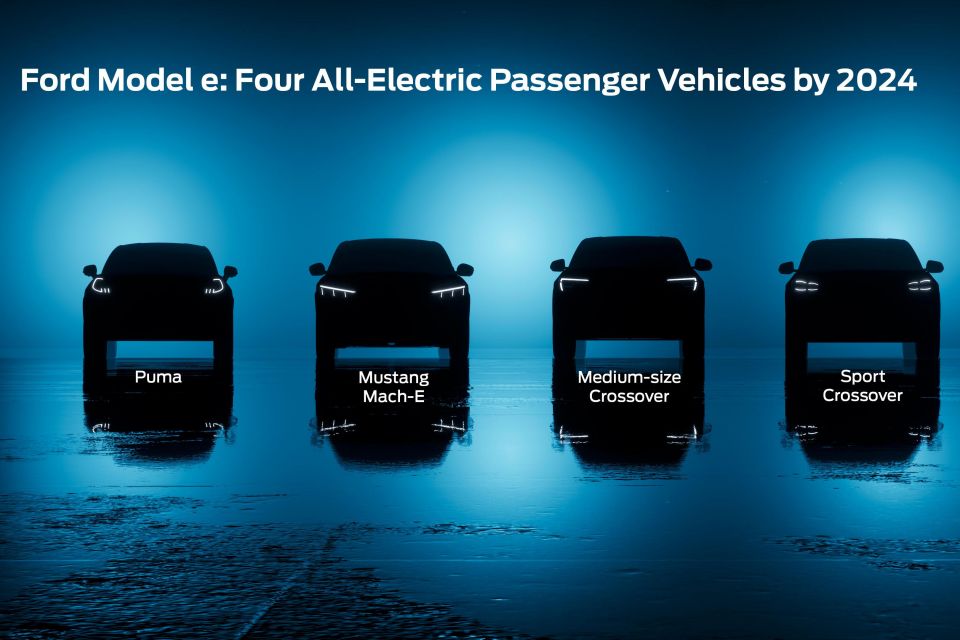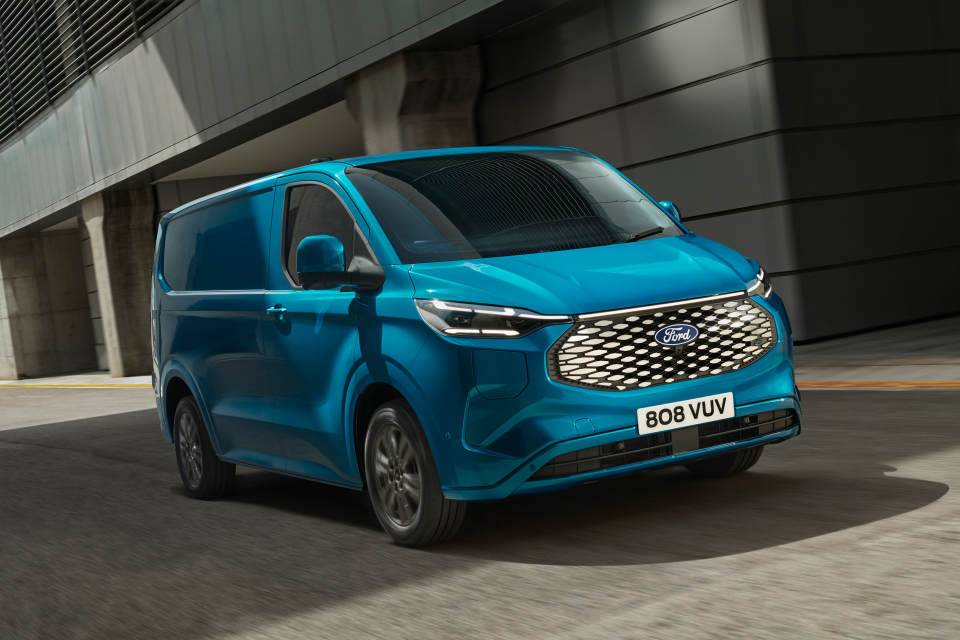

William Stopford
Every SUV, ute and van discontinued in Australia in 2025
7 Hours Ago

News Editor
Ford is working on a new three-row electric crossover that will slot in above the Mustang Mach-E in the brand’s growing electric vehicle (EV) line-up.
“Now, in contrast to two-row crossovers that we believe will be a very saturated market, we believe Model e [Ford’s electric vehicle division] can be highly differentiated in markets where we know the customer well, like the three-row utility space,” said CEO Jim Farley in a first-quarter 2023 earnings call this week.
Mr Farley said Ford will reveal more information on its product strategy at its Capital Markets event later this month.
Overseas reports have suggested Ford is working on an electric version of its large, three-row Explorer and the related Lincoln Aviator, to be sold alongside the combustion-powered models.


Such a model would be separate to the recently revealed European-market Explorer, a two-row electric crossover riding Volkswagen’s MEB platform that’s shorter (4460mm) than an Escape/Kuga.
It’s unclear whether Ford is considering an electric version of its Expedition, a full-sized SUV based on the F-150 pickup that’s now available in electric Lightning guise.
Mr Farley says it is continuing to improve the Mustang Mach-E and has reduced material costs by $5000 per vehicle since its launch.
While the European-market Explorer and a second, as-yet unrevealed SUV are being developed for the European market, the Mustang Mach-E is sold across myriad global markets like China, Europe and North America.

The Mustang Mach-E is coming here this year, and the upcoming Puma EV has been locked in for both Europe and Australia. Ford Australia is also rolling out the E-Transit this year and E-Transit Custom next year.
Mr Farley says EV buyers aren’t brand-loyal for their first purchase, but tend to be much more loyal to a brand when it comes time for their second purchase.
He also reiterated how impressed he was with Chinese products he saw at this year’s Shanghai motor show.
“The best new brands are offering integrated digital, retail, lifestyle, and experience that are software-defined,” he said.

“This is firmly in our sights for our second-generation EVs.
“This software as a differentiator, plus a radically different cost structure and the ability to attract — attach value-added software and services, gives us confidence we can compete and win in unit, revenue, profit, and vehicle share while delivering appropriate returns.”
Ford reorganised its business last year into three units: Ford Blue (combustion and hybrid vehicles), Ford Model e (EVs), and Ford Pro (commercial products and services).
The company expects to lose US$3 billion (A$4.49 billion) before taxes in the Model e business this year, an increase from the US$2 billion (A$3 billion) loss it experienced in 2022.

The division had an EBIT (earnings before income and tax) decline of US$722 million (A$1.07bn) in the first quarter of this year.
However, it says it’s on track this year “toward a contribution margin approaching breakeven” in Model e, and for its first-generation products to have positive EBIT margins by the end of next year.
Mustang Mach-E volumes declined during the quarter as Ford reduced production at its Mexican facility for several weeks to double production capacity; F-150 Lightning volumes were also affected by a production pause after a battery fire.
Ford is building a new battery facility in Kentucky with SK, and construction is underway of the new Blue Oval City complex in Tennessee.

Its Oakville, Ontario factory in Canada, which produces the outgoing Ford Edge and Lincoln Nautilus, is also being retooled to produce EVs and battery packs.
Ford’s investment in three EV and battery production plants is expected to cost the company around US$11.4 billion (A$15.7 billion) and create around 11,000 jobs.
The company’s EV plans include a global production goal of 600,000 units by the end of this year and two million by the end of 2026.
The company says it anticipates 40 to 50 per cent of its vehicle fleet will be electric by 2030.
Where expert car reviews meet expert car buying – CarExpert gives you trusted advice, personalised service and real savings on your next new car.
William Stopford is an automotive journalist with a passion for mainstream cars, automotive history and overseas auto markets.


William Stopford
7 Hours Ago


Ben Zachariah
8 Hours Ago


Derek Fung
8 Hours Ago


Matt Campbell
15 Hours Ago


William Stopford
1 Day Ago


Josh Nevett
1 Day Ago